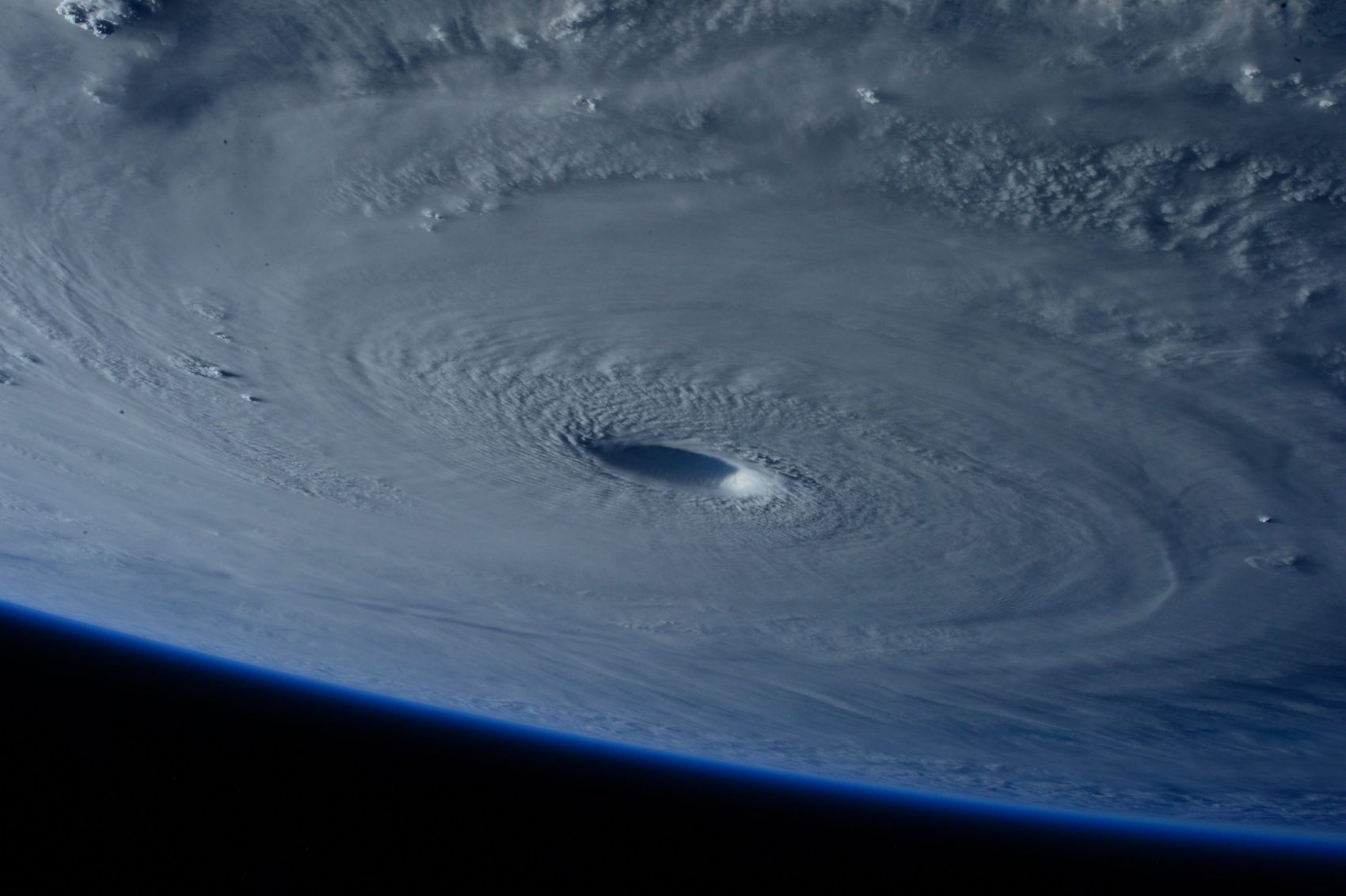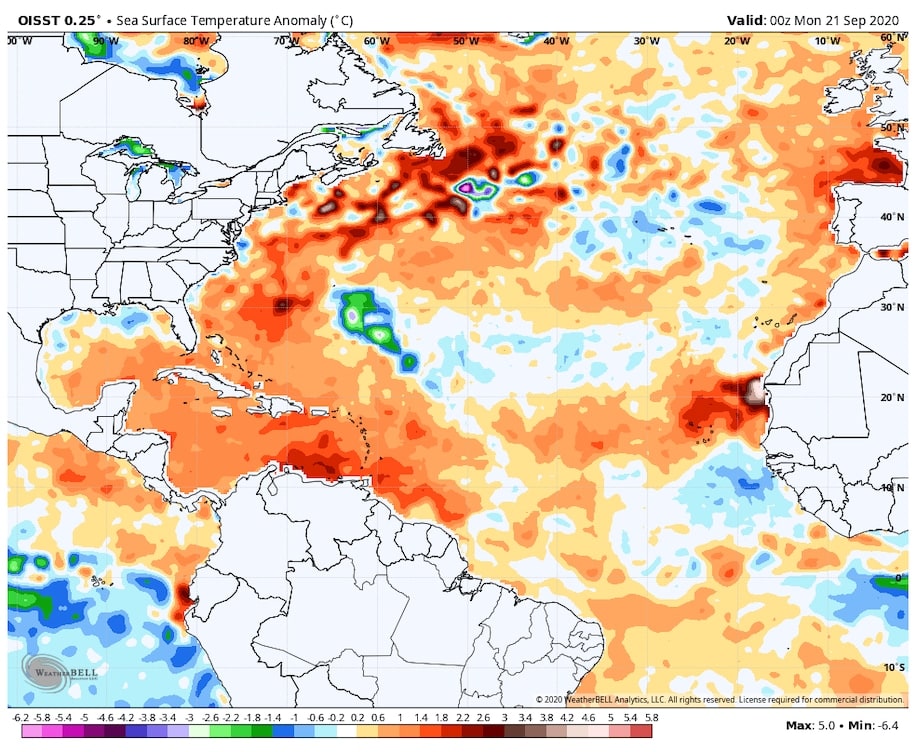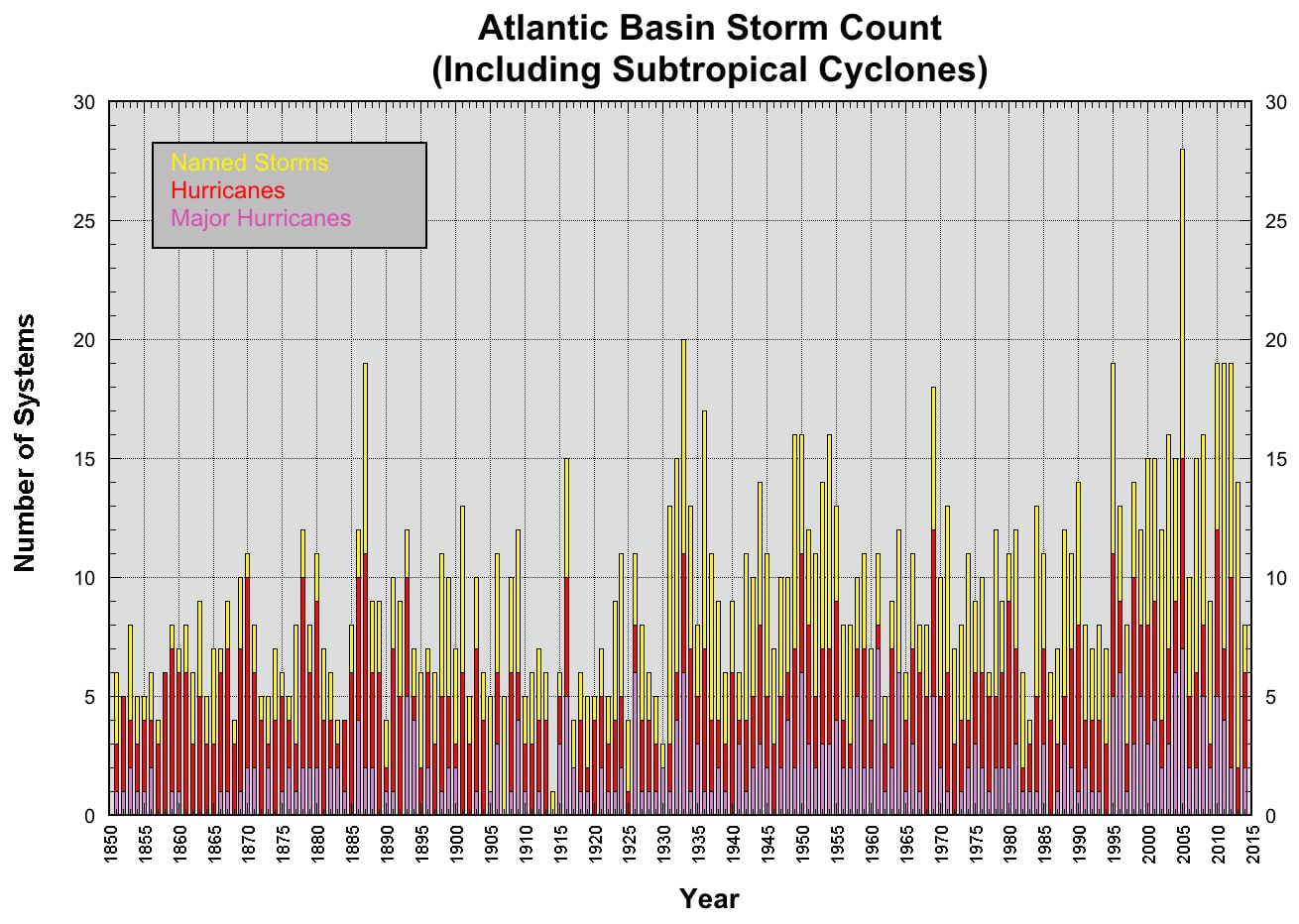
This year’s Atlantic hurricane season is currently the second most active on record. The “Atlantic hurricane season” is from the beginning of June to the end of November. With two months to go there only needs to be four more named storms to tie 2020 with 2005 for the most named hurricanes. In fact, there have been so many hurricanes named this year that the National Hurricane Center (NHC) has run out of names.
The NHC produces an alphabetical list of names for tropical cyclones five years ahead of every hurricane season. Every letter of the alphabet is used to come up with a name except “Q”, “U”, “X”, “Y”, and “Z”. If the hurricane center uses all of the 21 assigned names they change over to the Greek alphabet. However, prior to 2005, there had never been more than 21 named tropical cyclones in a season. This year has already seen 23 hurricanes in the Atlantic Ocean with the last hurricane being named Beta for the second letter of the Greek alphabet.

The National Oceanographic and Atmospheric Administration (NOAA) predicted that this year would see above-normal cyclone activity in the Atlantic. Even so, 23 (with two months to go in the season) is almost twice the average of 12 named storms per year. So what exactly is driving this hurricane season?
Natural and Anthropogenic Causes
A fairly predictable variable in any Atlantic hurricane season is the ENSO cycle. This pattern is driven by variations in water temperatures in the Pacific. La Niña is the presence of cooler waters in the eastern tropical Pacific. NOAA recently announced that this cool part of the cycle is now present. When La Niña is present the wind shear is reduced in the Atlantic basin. This wind shear normally acts as a large pair of breaks, but when not present can allow tropical storms to strengthen into hurricanes.
The second and more significant variable for an uptick in activity is the water temperature. The Atlantic Ocean was significantly warmer than average this year. Off the coast of New England, the water is currently almost 5˚C above normal. This warming trend is concerning to the majority of atmospheric and oceanographic scientists. This trend, like the fires that are currently burning the west, or the derecho that flattened swaths of Iowa in August is another alarm bell that climate change will affect us no matter where we live.





